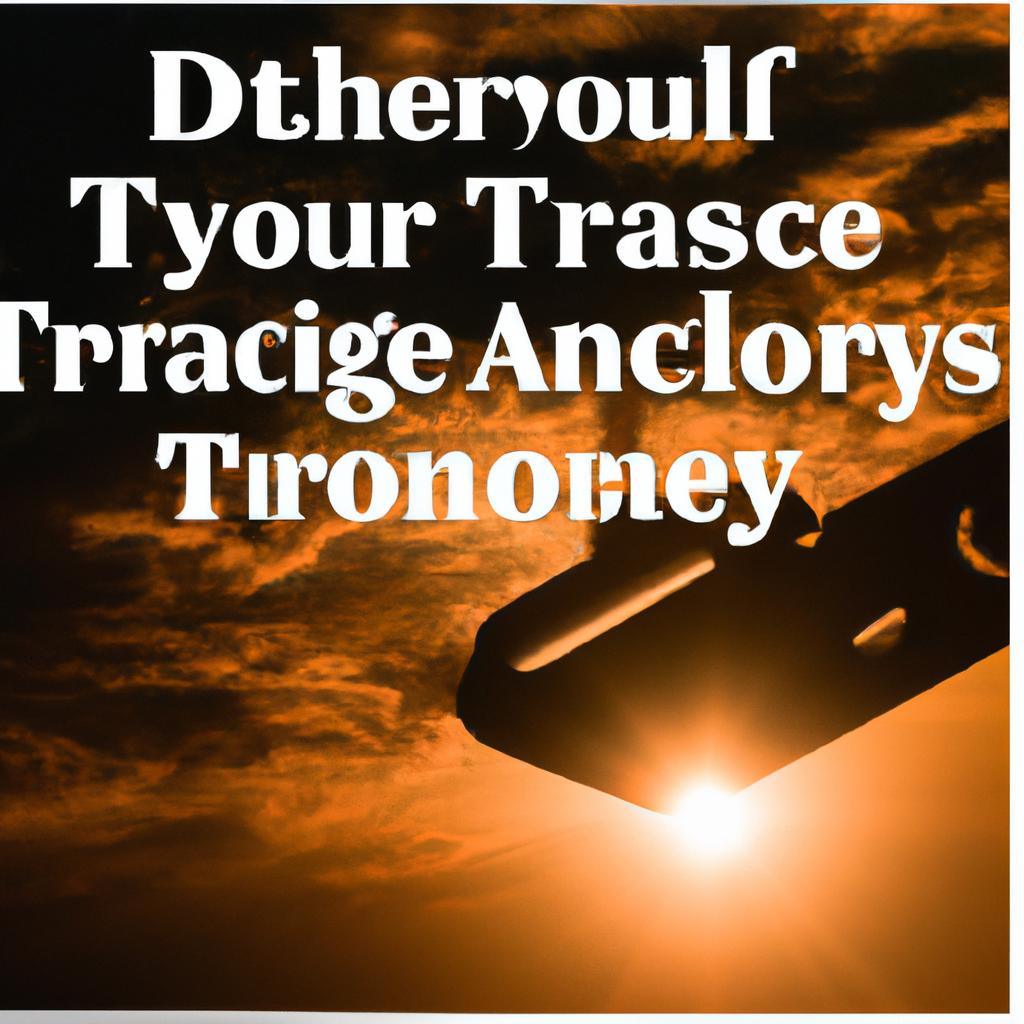In the realm of estate planning, trusts are a common mechanism for transferring property to beneficiaries after death. However, there’s another strategic tool that can be employed for this purpose. Let’s delve into an alternative approach to asset transfer that extends beyond the scope of trusts.
Trusts vs Prenuptial Agreements: A Comparative Analysis for Property Transfer
Trusts and prenuptial agreements are two prevalent tools used for transferring property upon one’s demise. While trusts are often perceived as a more adaptable and versatile choice, prenuptial agreements can also be a beneficial tool in estate planning. Let’s examine the contrasts between trusts and prenuptial agreements in the context of property transfer:
Trusts:
- Offer greater control over asset distribution
- Ensure privacy, as they bypass probate court
- Can provide protection from creditors
- Permit specific conditions to be established for asset distribution
Prenuptial Agreements:
- Primarily serve to safeguard assets in case of a divorce
- Can define what property is deemed separate or communal
- May incorporate provisions for property transfer in the event of death
- Can offer clarity and protection for both parties involved
In summary, both trusts and prenuptial agreements have their unique benefits and can be used together to formulate a comprehensive estate plan. While trusts provide more control and flexibility, prenuptial agreements can also play a significant role in transferring property to loved ones. It’s crucial to seek advice from a legal expert to identify the most suitable strategy for your specific situation.
Advantages of Employing a Prenuptial Agreement for Property Transfer
One alternative tool that individuals can use to transfer property to someone else upon their death is a prenuptial agreement. Although typically linked with financial arrangements in case of divorce, a prenuptial agreement can also be a valuable tool for property transfer.
:
• Explicit Asset Distribution: A prenuptial agreement can clearly specify which assets are to be transferred to specific individuals upon the individual’s death, preventing any confusion or disputes among heirs.
• Preservation of Family Property: It can help safeguard family property or assets acquired before the marriage and ensure they stay within the family lineage.
• Provisions for Children: A prenuptial agreement can include provisions for children from previous relationships, ensuring they are catered for in the event of the individual’s death.
In conclusion, a prenuptial agreement can be a valuable tool for property transfer, offering clarity, protection, and provisions for loved ones. By incorporating property transfer provisions within a prenuptial agreement, individuals can ensure their assets are distributed according to their wishes upon their death.
Potential Pitfalls of Using a Prenuptial Agreement for Property Transfer
When considering the potential downsides of using a prenuptial agreement for property transfer, several factors need to be taken into account. One potential downside is the emotional stress that may be imposed on the relationship between the parties involved. Discussing and negotiating a prenuptial agreement can raise sensitive issues and may lead to conflict or resentment.
Another potential pitfall is the possibility of a prenuptial agreement being contested in court. If one party feels they were pressured or coerced into signing the agreement, or if they believe the agreement is unfair, they may choose to challenge it. This can result in expensive legal battles and further strain on relationships.
Furthermore, a prenuptial agreement may not always be upheld in court if it is found to be unconscionable or if there have been significant changes in circumstances since the agreement was signed. This could result in the property not being distributed according to the original intentions outlined in the agreement.
Best Practices for Integrating a Prenuptial Agreement into Estate Planning
One effective tool, apart from a trust, that individuals can use to transfer property to a designated heir upon their death is a prenuptial agreement. While commonly associated with marriage and financial matters, prenups can also play a pivotal role in estate planning. By clearly outlining the distribution of assets in the event of death, a prenuptial agreement can provide a sense of security and certainty for all parties involved.
Integrating a prenuptial agreement into estate planning can help protect assets and ensure that one’s wishes are executed as intended. To ensure the effectiveness of this approach, it is essential to follow best practices when drafting and implementing a prenuptial agreement. Some key considerations to keep in mind include:
- Seek legal advice: Consult with a competent attorney who specializes in family law and estate planning to ensure that the prenuptial agreement complies with state laws and effectively addresses your specific needs and concerns.
- Be transparent: Open communication and full disclosure of assets are vital when entering into a prenuptial agreement to avoid any potential disputes or challenges in the future.
- Regular review: It is advisable to review and update the prenuptial agreement periodically, especially in the event of significant life events such as marriage, divorce, or the birth of children.
By following best practices and incorporating a prenuptial agreement into estate planning, individuals can proactively protect their assets and streamline the transfer of property to their chosen beneficiaries.
Moving Forward
In conclusion, in addition to using a trust to transfer property upon one’s death, another effective tool that can be used is a will. A will allows individuals to outline their specific wishes regarding the distribution of their assets and ensures that their property is allocated according to their desired beneficiaries. Both trusts and wills offer unique benefits and serve as valuable tools in estate planning. Ultimately, selecting the appropriate tool depends on individual circumstances and objectives. It is recommended to consult with a legal professional to determine the best approach for transferring property to loved ones in the event of one’s death.

Discover Another Effective Tool for Passing on Your Property After Death, Beyond Trusts
When it comes to estate planning, trusts are often the go-to tool for passing on assets to loved ones after death. Trusts offer many benefits, including avoiding probate, providing for minor children, and minimizing estate taxes. However, there is another powerful tool that can be used in conjunction with trusts to ensure your property is distributed according to your wishes: beneficiary designations.
What are Beneficiary Designations?
Beneficiary designations are instructions you provide to financial institutions or insurance companies that dictate who will receive your assets upon your death. Common examples of assets that allow for beneficiary designations include retirement accounts, life insurance policies, and bank accounts. By naming specific individuals or organizations as beneficiaries, you can bypass the probate process and ensure that your assets are transferred directly to your chosen recipients.
Benefits of Beneficiary Designations
There are several benefits to using beneficiary designations in conjunction with trusts when passing on your property after death:
- Bypass Probate: Assets with designated beneficiaries are not subject to probate, saving time and money for your heirs.
- Privacy: Probate is a public process, while beneficiary designations are private and confidential.
- Flexibility: You can easily update beneficiary designations without the need to amend a trust document.
- Immediate Distribution: Assets with beneficiary designations are typically distributed quickly after your death, providing much-needed financial support to your loved ones.
Practical Tips for Using Beneficiary Designations
Here are some tips for effectively using beneficiary designations in your estate planning:
- Review and update your beneficiary designations regularly to ensure they reflect your current wishes.
- Avoid naming minors as beneficiaries, as they cannot receive assets directly. Instead, consider setting up a trust for their benefit.
- Consider naming contingent beneficiaries in case your primary beneficiary predeceases you.
- Consult with an estate planning attorney to ensure your beneficiary designations align with your overall estate plan.
Case Studies
Let’s take a look at a couple of case studies to illustrate the benefits of using beneficiary designations in estate planning:
| Case Study 1 | Case Study 2 |
|---|---|
| John, a widower, names his son as the sole beneficiary of his retirement account. When John passes away, his son receives the account assets directly, bypassing probate and avoiding potential estate taxes. | Sarah designates her favorite charity as the beneficiary of her life insurance policy. Upon her death, the charity receives the policy proceeds, supporting a cause that was important to Sarah during her lifetime. |
First-Hand Experience
Many individuals have found that beneficiary designations are an effective and efficient way to pass on their property after death. By working with a knowledgeable estate planning professional, you can tailor your beneficiary designations to meet your specific goals and ensure that your assets are distributed according to your wishes.
Whether you already have a trust in place or are just starting your estate planning journey, consider incorporating beneficiary designations into your overall strategy. This versatile tool can provide added peace of mind and streamline the distribution of your assets to your loved ones.



